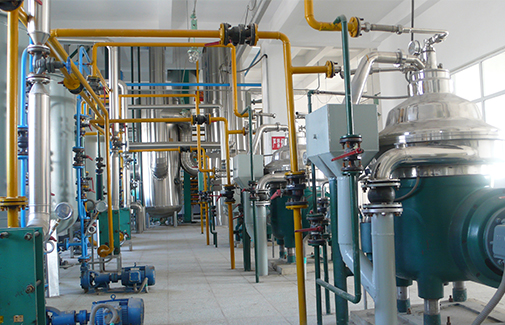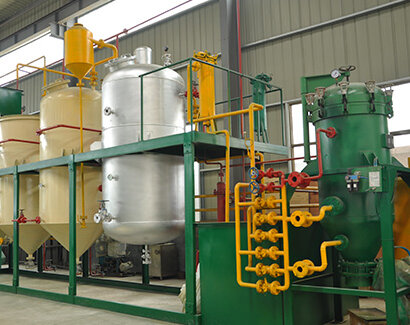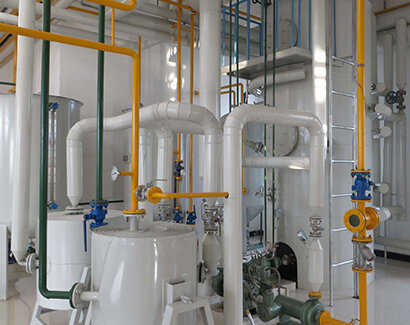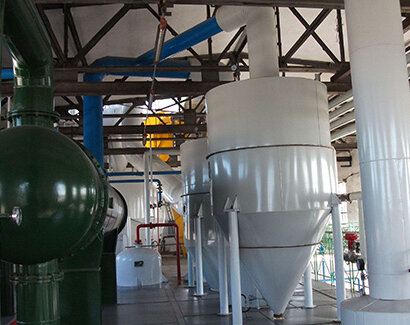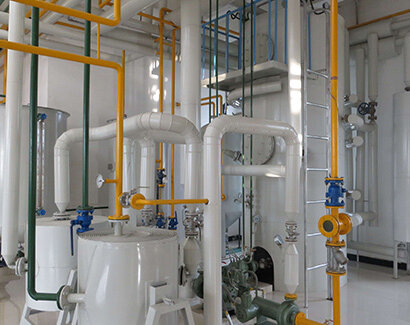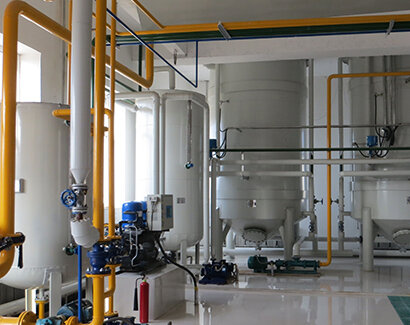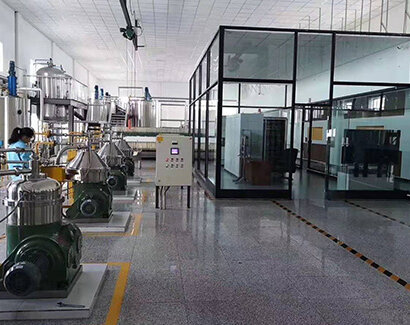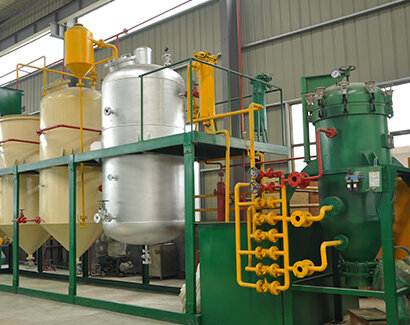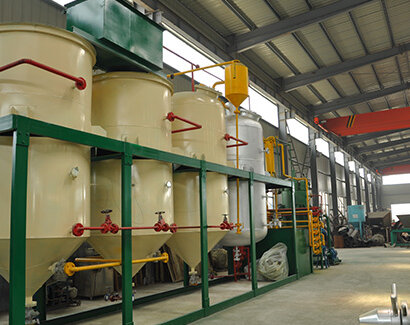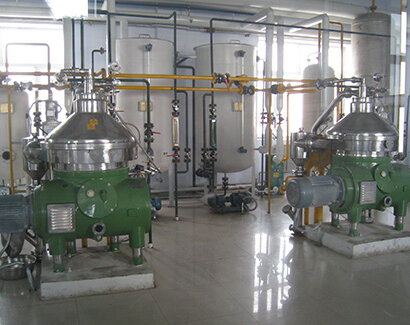Technology Process
Typically, crude fish oil must undergo refining steps prior to being considered safe for consumption or use as food supplements. Fish oil refining process generally includes four steps, degumming, deacidification, decolorization, and deodorization.
During the production of fish powder, the oil separated by squeezing still contains a small amount of protein, mucus, phospholipids, FFA, and fish protein, which is called coarse oil. Its acid price is high, the color is darker, and have the smell. It cannot be eaten directly or used as a drug raw material. Therefore, it must be refined and reached a certain quality indicator.
The crude fish oil contains a certain amount of impurities and fish protein and glue. In continuous refining processes, we adopt a disc type centrifuge to remove most of impurities, such as fish protein and glue.
1, Deacidification process is one of the most important processes of fish oil refining, and neutralizing deacidification process can remove the free fatty acids in coarse oil.
2, Decolorization process is to add white soil or activated carbon to remove natural pigments such as carotene, lutein, shrimin, and algae lutein.
3, Winterization process can not only reduce the solidification point of fish oil, but also change the fat-proof composition of fish oil. In particular, it can improve the content of EPA and DHA of liquid oil, and further increase the value of fish oil.
4, Deodorization process eliminates low molecular weight aldehydes, ketones, acids, and protein degradation products generated from fat oxidation in the crude oil. By utilizing the vacuum steam deodorization method, the oil is heated to 100-110°C under vacuum conditions. Subsequently, the oil temperature is maintained at 160-170°C for 3-4 hours by heating with steam. After the deodorization process is complete, the oil temperature is lowered to 50°C and filtered.

